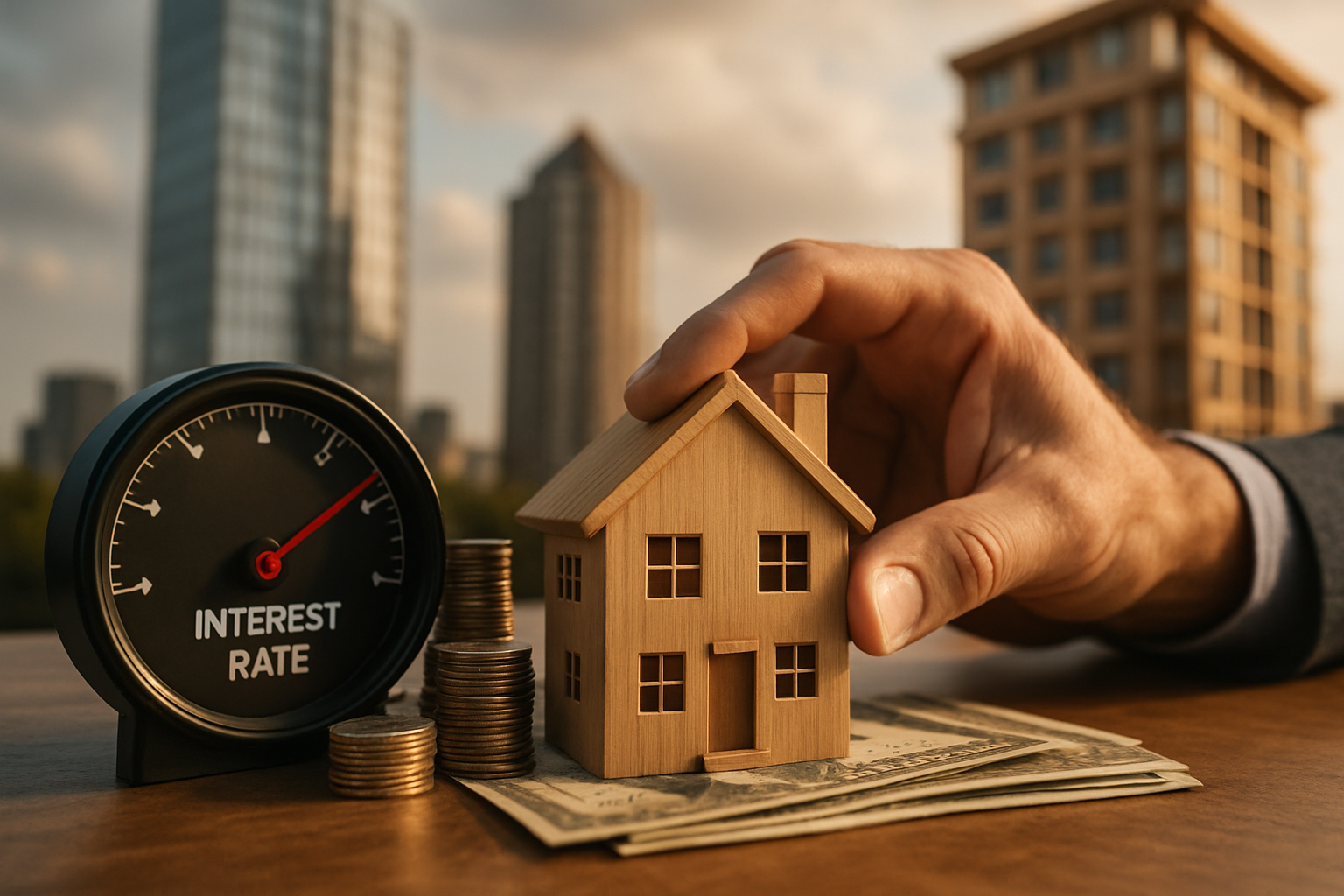How to Assess Property Values Across Global Markets
Assessing property values across global markets requires combining local market insight with standardized valuation methods. This brief overview highlights core factors such as appraisal approaches, regulatory context, financing conditions, and emerging proptech tools that influence housing and commercial prices worldwide.

Assessing property values across diverse markets involves more than applying a single formula. Accurate valuation blends data on recent comparable sales, local supply and demand, regulatory frameworks, and financing conditions. Investors, owners, and analysts should consider how local housing trends, rental demand, and commercial activity interact with macroeconomic factors like interest rates and currency movements. Cross-border comparisons require adjusting for taxation, zoning, and differing definitions of usable area, while also accounting for sustainability standards and the impact of renovations on net returns.
How does appraisal and valuation work?
Appraisal and valuation are systematic processes that estimate a property’s market value based on accepted methods: comparable sales (sales comparison), income capitalization for rentals or commercial assets, and replacement cost for unique properties. Appraisers gather recent transaction data, adjust for differences in size, condition, and amenities, and consider market trends. For investment decisions, valuation should incorporate projected cash flows, vacancy risks for rentals, and sensitivity to mortgage rate changes. Local appraisal standards and licensing vary, so relying on a qualified local appraiser or valuation report is essential for reliable outcomes.
What affects residential and commercial values?
Residential and commercial values respond to different demand drivers. Residential housing prices often hinge on household income, employment levels, mortgage availability, and proximity to services and transport. Commercial property values depend more on business activity, tenant quality, lease terms, and expected net operating income. In both sectors, property condition, recent renovations, and functional layout influence perceived value. Market liquidity and investor appetite for riskier or core assets determine how quickly prices adjust to economic or policy changes across regions.
How do zoning, taxation, and local regulation impact pricing?
Zoning rules shape land use and density, directly influencing development potential and land value. Restrictive zoning can support scarcity-driven price premiums, while permissive zoning may encourage supply and moderate price growth. Taxation—property taxes, transaction taxes, and capital gains rules—affects holding costs and investor returns; differential tax regimes can make otherwise similar properties more or less attractive across jurisdictions. Compliance costs, permitting timelines, and local building codes add uncertainty that should be reflected in valuation adjustments.
How do mortgages, leasing, and rentals shape markets?
Mortgage availability and typical loan-to-value ratios are critical to housing demand; tighter credit conditions generally reduce buyer pool and can depress prices. Leasing markets and rental yields drive income-based valuations: stable long-term leases increase predictability for commercial assets, while local rental market strength supports residential investment strategies focused on rentals. Consider seasonal or tourism-driven rentals separately from long-term rentals when estimating income, and factor in local leasing regulations and tenant protections when modelling risk and return.
How do renovation and sustainability influence investment returns?
Renovation can increase a property’s marketability and justify higher rents or sale prices, but costs must be weighed against returns and time in market. Energy-efficient upgrades and sustainability certifications increasingly affect buyer and renter preferences; in many markets, properties with lower operating costs command price premiums. Assess renovation impact by estimating uplift in valuation or rental income, accounting for renovation timelines, local contractor costs, and potential permitting or compliance requirements tied to sustainable upgrades.
What role do proptech and market data play?
Proptech tools and comprehensive market data improve transparency across markets by standardizing listings, transaction records, and valuation models. Automated valuation models (AVMs) can provide quick estimates using large datasets but should be supplemented with local expertise for atypical properties or thin markets. Data on vacancy rates, new supply pipelines, and macro indicators helps calibrate assumptions for investment underwriting. In cross-border assessments, currency risk, data quality, and differing measurement standards require careful normalization to compare values reliably.
Conclusion
A robust approach to assessing property values across global markets blends standardized valuation techniques with granular local knowledge. Key inputs include comparable transactions, expected income streams, regulatory context like zoning and taxation, financing conditions, and property-level factors such as renovation potential and sustainability attributes. Using a mix of professional appraisals, reliable market data, and proptech tools helps produce defensible valuations that reflect both local specifics and broader economic trends.





